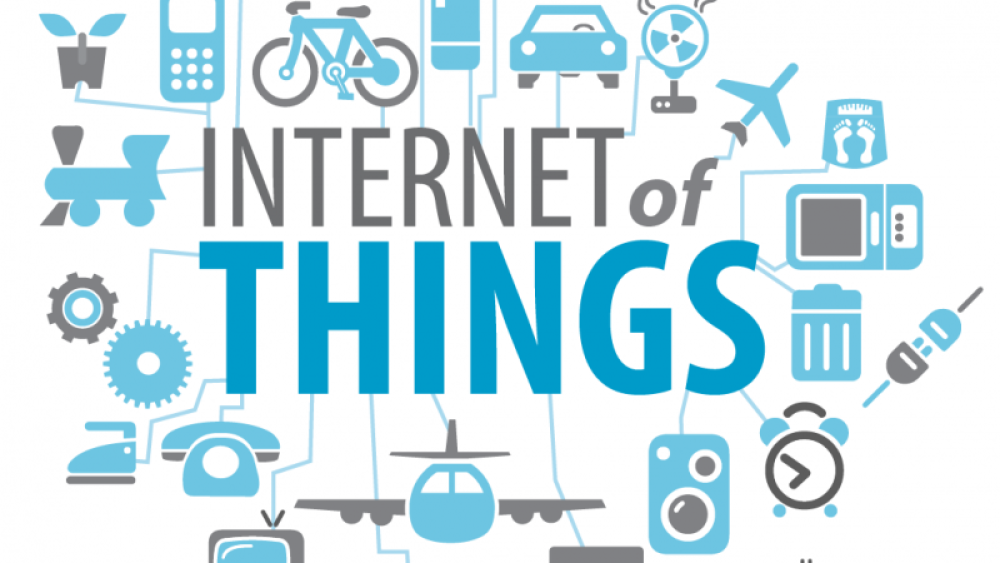In 2016, Distributed Denial of Service (DDoS) attacks increased, disrupting Internet services like Netflix and Twitter, sites around the Rio Olympics and all of Liberia’s Internet service. But what about when they knock out heating systems on two city blocks in winter? That happened in November 2016 to Lappeenranta, Finland, because someone or some group was able to use smart devices to hack into a facilities services company’s automated system that controlled the heat in that area of the Finnish city.
According to DarkReading.com, an online community for cybersecurity professionals, Akamai found that DDoS attacks over 100 Gbps in 2016 showed a 138 percent year-over-year increase. There were 19 mega-attacks just in the third quarter when the site reported on the rise of attacks in Internet of Things (IoT) botnets, which are private networks infected with and taken over by malware.
IoT botnets -- like the Mirai botnet which was responsible for the October 2016 attack on DNS provider Dyn and the Liberia Internet take down, existed 20 years ago. They were however, composed of Linux home routers instead of much more common smart devices like today’s WiFi-enabled DVRs and closed-circuit cameras.
Where once sophisticated DDoS attacks required sophisticated skills, these attacks can now be done by or at the behest of people with low to no hacking ability. There are more players in the game now with better tools at their disposal,” wrote Sara Peters, senior editor at Dark Reading.
The experts Peters spoke with -- and she access to many Dark Reading contributors -- say the critical element is deploying best practices in making DNS architecture and organizations’ network infrastructure resilient to the ever-more-common hacking of smart devices.
How Can a City Prepare?
First, watch the Radio Free Europe clip below to understand the potential for DDoS attacks.
Second, learn the three critical security controls local governments must make themselves aware of in the face of elevated DDoS attacks from our guest columnist.
Finally, read about the 7 worst DDoS attacks in the first three quarters of 2016 to ignite your imagination. It may lead you to discover where your city’s DDoS risks lay.












